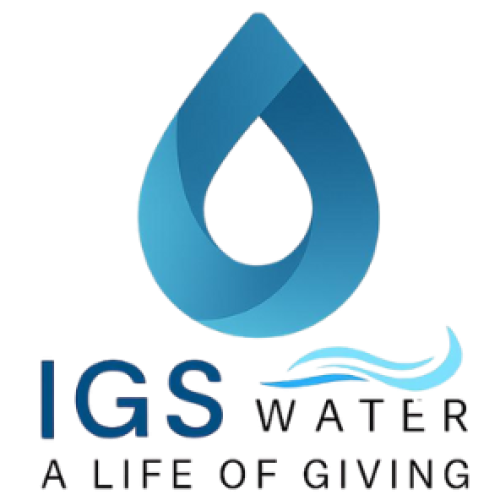When it comes to water treatment, many people rely on assumptions or outdated information. These misconceptions often lead to poor decisions, wasted resources, and long-term water quality problems that could have been avoided. Understanding the truth behind these myths is important for anyone managing ponds, farms, industrial systems, or any environment where water quality directly affects performance and health.
Below are some of the most common myths about water treatment and the real facts behind them.
Myth 1: Clear Water Means Clean Water
Many people assume that if water looks clear, it is safe and healthy. In reality, clear water can still contain harmful bacteria, low oxygen levels, high nutrient concentrations, and unseen contaminants. Clarity does not reflect overall water quality. Regular testing and proper treatment are still necessary to ensure the water is truly safe and balanced.
Myth 2: Water Only Needs Treatment When There Is a Visible Problem
Waiting for odors, algae blooms, or fish stress before taking action is one of the biggest mistakes in water management. By the time problems appear, water quality has usually been poor for weeks or months. Preventive treatment—through aeration, oxygenation, and routine monitoring—is far more effective than reacting to emergencies.
Myth 3: More Chemicals Always Solve Water Problems
Chemical treatments can help in some situations, but they are not a long-term solution on their own. Excessive use of chemicals can harm aquatic life, change water chemistry, and damage the system. Sustainable strategies like proper aeration, circulation, and oxygen management often provide safer and longer-lasting results with less reliance on chemicals.
Myth 4: Aeration Is Only for Big Water Bodies
Some believe small ponds or tanks do not need aeration. In reality, water stagnates and loses oxygen even in small areas. Poor oxygen distribution can cause bad odors, algae growth, and unhealthy conditions for plants and aquatic life. Proper aeration and circulation are important for all water systems, regardless of size.
Myth 5: Algae Problems Can Be Fixed Overnight
There is no instant solution to eliminating algae, especially if the root causes are not addressed. Even when algae are removed, they can return quickly if the water remains stagnant, lacks oxygen, or has high nutrient levels. Long-term algae control relies on improving the overall water environment, not just removing the visible growth.
Myth 6: Natural Ponds Do Not Need Any Treatment
Some people believe natural ponds can manage themselves without intervention. While some ponds stay balanced on their own, most are affected by weather changes, runoff, nutrient buildup, and human activity. Without proper care, natural ponds can suffer from low oxygen, excess algae, or unhealthy water conditions. Treatment helps keep them stable and healthy over time.
Myth 7: Rainwater Automatically Improves Water Quality
Although rain can help refresh a water body, it can also bring new contaminants. Rainfall often carries nutrients, sediments, and pollutants from surrounding areas into ponds or tanks. Instead of improving water quality, it can sometimes worsen it. Proper water management is still needed during rainy seasons.
Myth 8: Water Treatment Is Too Expensive to Maintain
Many people believe proper water treatment systems require a large, ongoing financial investment. However, neglecting water issues often leads to higher costs, especially when equipment fails or emergencies occur. Modern water technologies are more efficient, long-lasting, and cost-effective, making routine treatment more affordable than ever.
Myth 9: All Aeration Systems Work the Same
Aeration systems differ in how they deliver oxygen, how much energy they use, and how effectively they improve water quality. Surface aerators, diffused aeration, and modern technologies each have different strengths. Choosing the right system depends on the water depth, size, and goals. Not all aerators provide the same results, and using the wrong system can limit improvement.
Myth 10: Water Quality Only Affects Aquatic Life
Water quality has a much broader impact than many people realize. It affects equipment lifespan, odor levels, crop growth, production efficiency, and even overall operational costs. Whether in aquaculture, agriculture, industry, or residential systems, maintaining good water quality is essential for long-term success.

